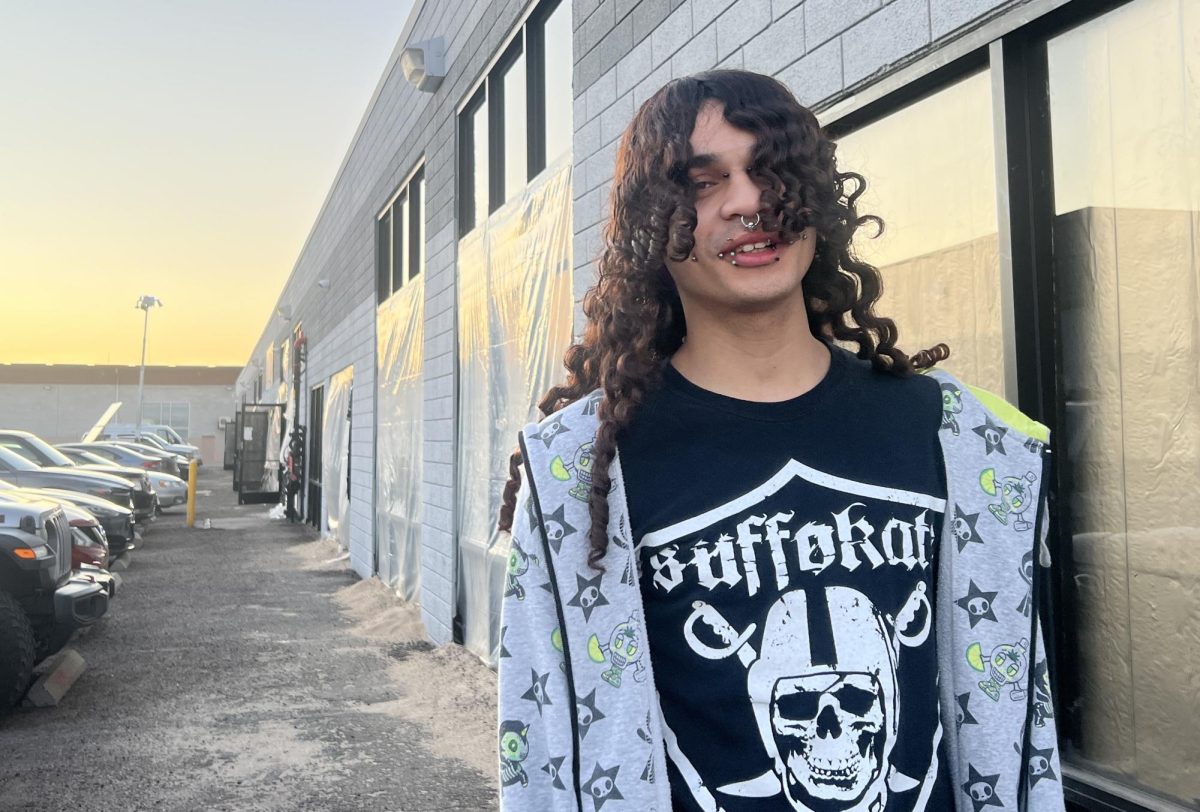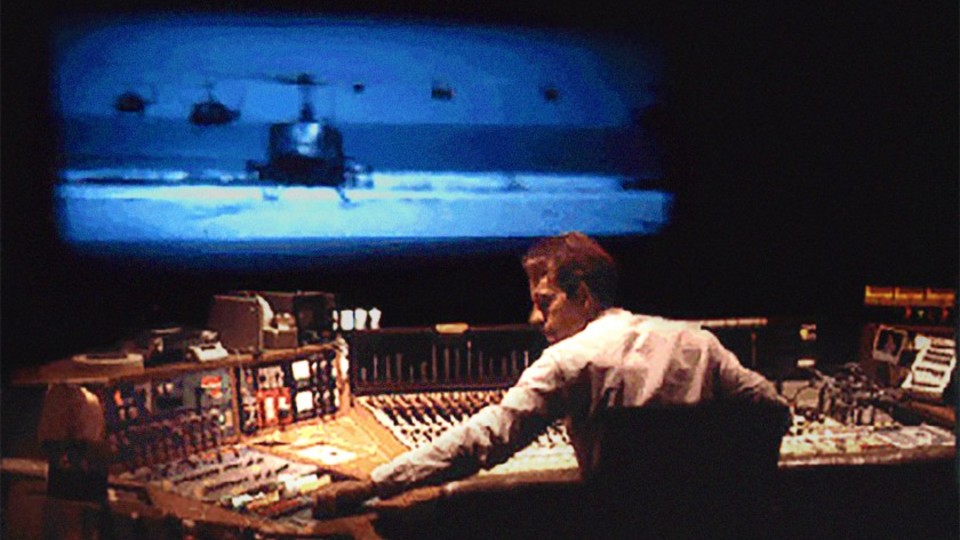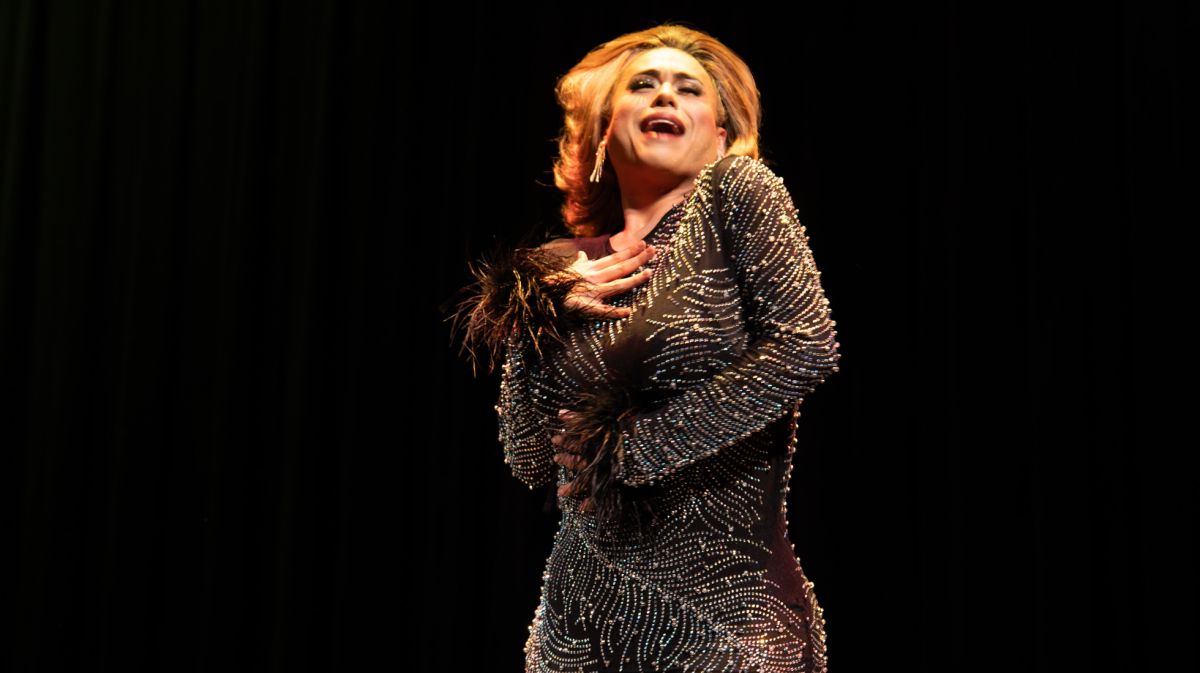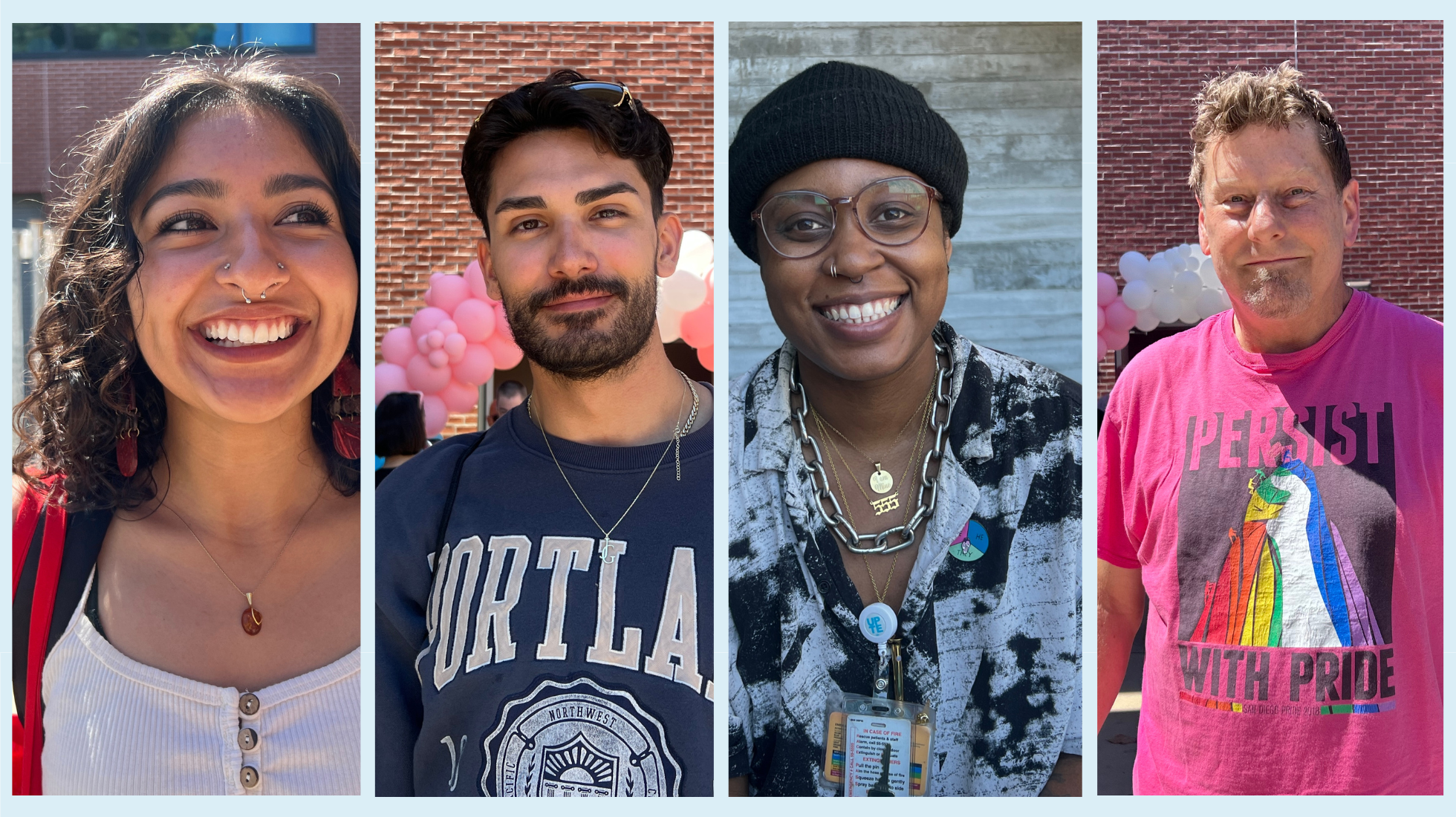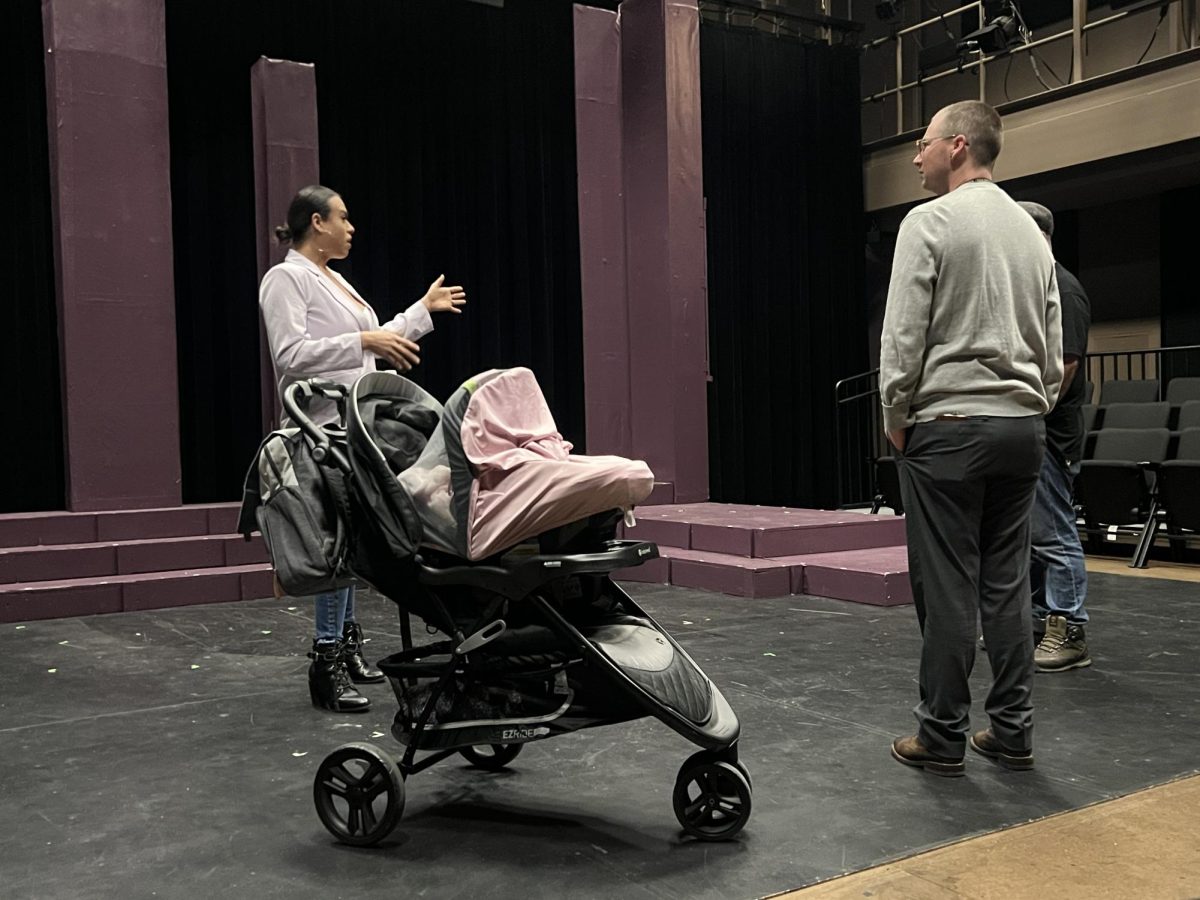It happened one day when Diane Ackerman was cavorting with crocodiles. While showing some men of science how to determine the sex of a crocodile, she also placed herself in their minds, and when they later discovered a distinct sex pheromone in the animals, they named the molecule after her: Dianeackerone.
Ackerman would call this an example of synesthesia, in which the sensation of sight, sound or experience recalls the sensation of another.
And so, with this unique anecdote, began the kick-off of “One Book, One San Diego” at City College’s Seville Theatre on April 21. An annual joint venture of KPBS and the San Diego Public Library, “One Book, One San Diego” seeks to create a common, shared experience for all San Diegans through literature by selecting a single work and encouraging local readers to further explore the book’s larger themes.
This year San Diego will be reading “The Zookeeper’s Wife,” Diane Ackerman’s non-fiction narrative about Antonina and Jan Zabinski, who saved hundreds of persecuted victims during the Holocaust by sheltering them in their villa and in former animal enclosures (complete with underground tunnels) of the bombed-out zoo they once kept.
Ackerman spoke in conjunction with The City College Book Fair 2009 Literary Spring Series as part of the kick-off celebration, appropriately timed to coincide with Holocaust Remembrance Day, which also takes place on April 21.
Ackerman speaks often about her self-defined status as a naturalist – “not nudist,” as she facetiously informed the audience.
She feels a spiritual bond with nature, which drew her to the story of Antonina, whose memoirs provided the book’s foundation.
Though Ackerman found a kindred spirit in her subject, who she feels was also synesthetically gifted, she was not content to merely rely on Antonina’s words for her story.
She visited Antonina’s villa, laid in the same bed and looked out the same windows. She researched climate, plant and animal life of Warsaw during that time period, walked the same streets and even looked up birds’ navigational routes over the city, all to get a proper sense of how life was for the real-life characters of her work.
I’m sure that Ackerman also connected instantly with Antonina’s self-professed ability to communicate with animals and people alike.
Antonina saved people by creating a home for refugees of all species. This home, filled with creatures as disparate as lynxes, carnivorous rabbits and drunken hamsters, was, as Ackerman put it, “part sanctuary, part menagerie.”
Somehow, perhaps by the grace of Antonina’s ability to feel and connect the experiences of all creatures, she created a space rich with warmth, vitality and music, while she and her husband risked their lives to save them all.
Ackerman sees great bravery in Antonina’s stubborn refusal to give up on happiness, projecting this woman’s decision to let joy in like sunshine as a rebellious act amidst a time and place of such violence and hostility.
This is where Ackerman also finds, from yet another angle, the essential horror of the Holocaust: that humans committed these atrocities on other humans.
The Zabinskis, who would cleverly exploit the government to help support the starving and the hunted, both human and animal, communed with nature to improve the lives of others.
Meanwhile, the Nazis also built a reputation as fierce environmentalists and were staunch animal activists. They wanted to preserve and protect Mother Nature as well, a fact that Ackerman found disturbing for its correlation to her own life.
This is also where Ackerman found herself struggling with her craft, as she told the audience in the Q-and-A segment of her speech: at the intersection, observing the point in the road where her passion, these people on both sides of history and their love of nature converged before they spread out in totally opposite directions.
The Nazis sought not to preserve so much as reshape; to “control the genetic destiny of the planet,” she says, to streamline nature to their desires and destroy everything else while the Zabinskis wanted to sustain the lives of the animals and people they cared for.
Yet, there was a common ground between them all, unsettlingly enabling Ackerman to get close to her subjects, whether Nazi or hero, and frightening the naturalist in Ackerman.

